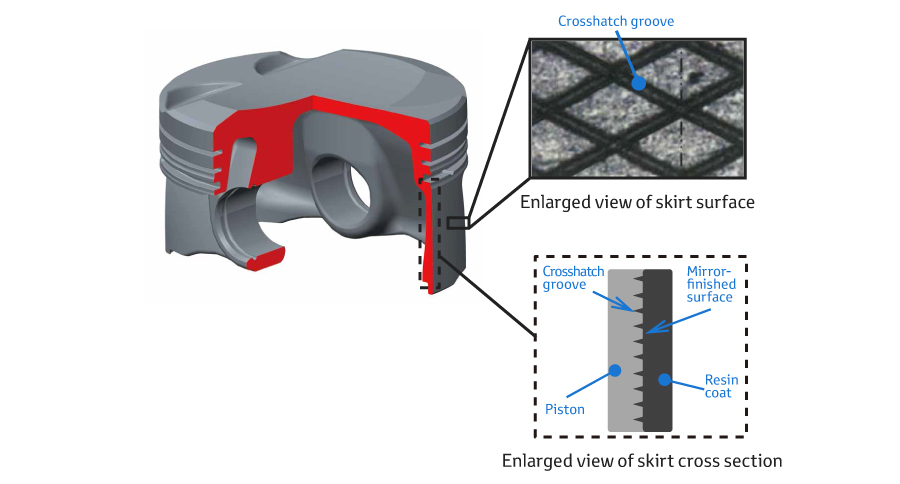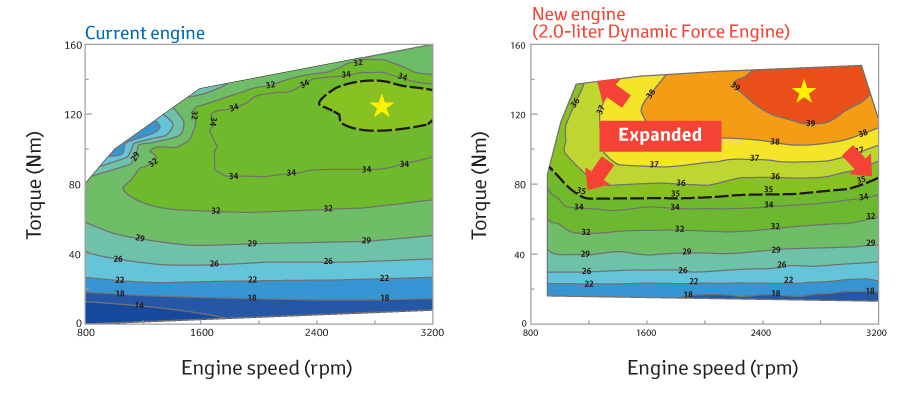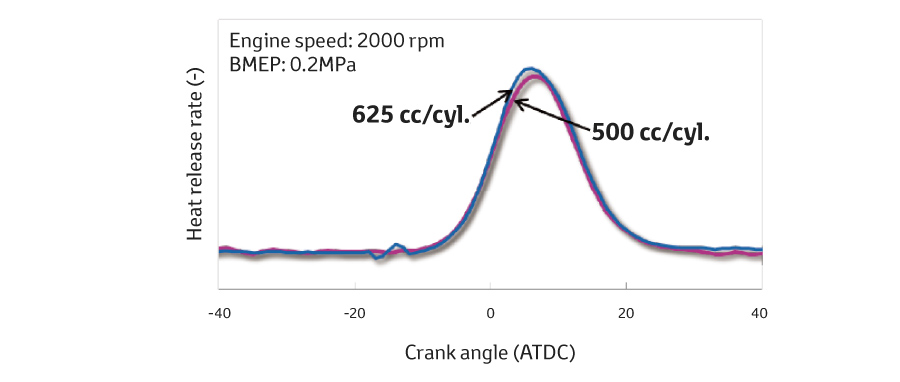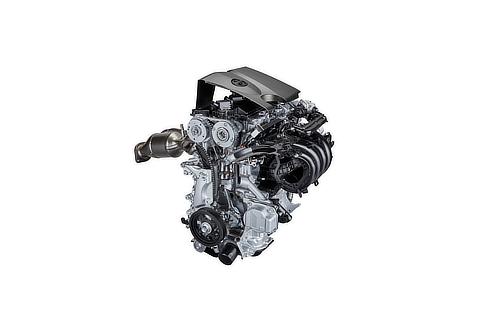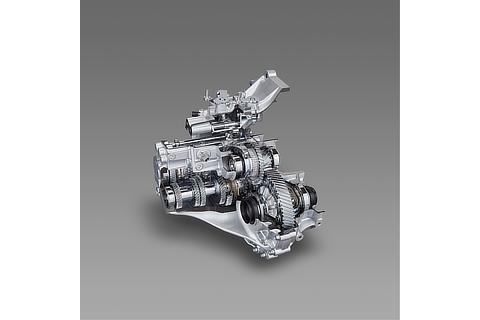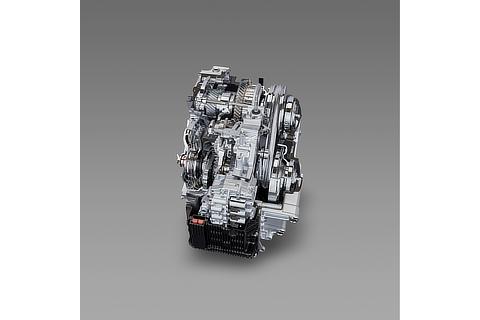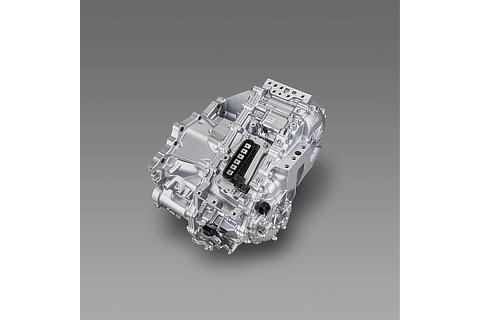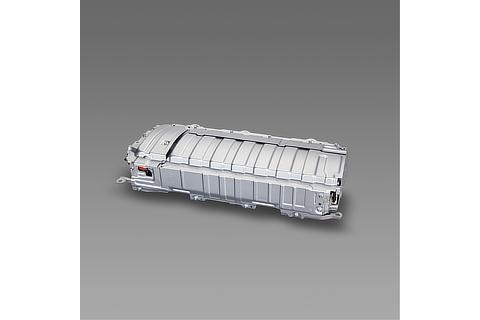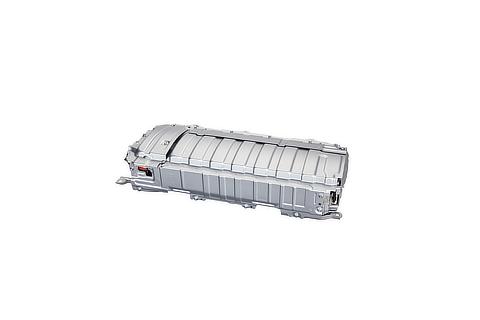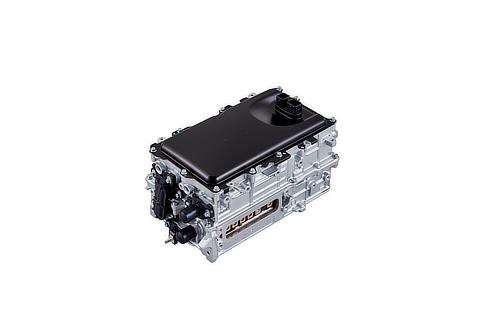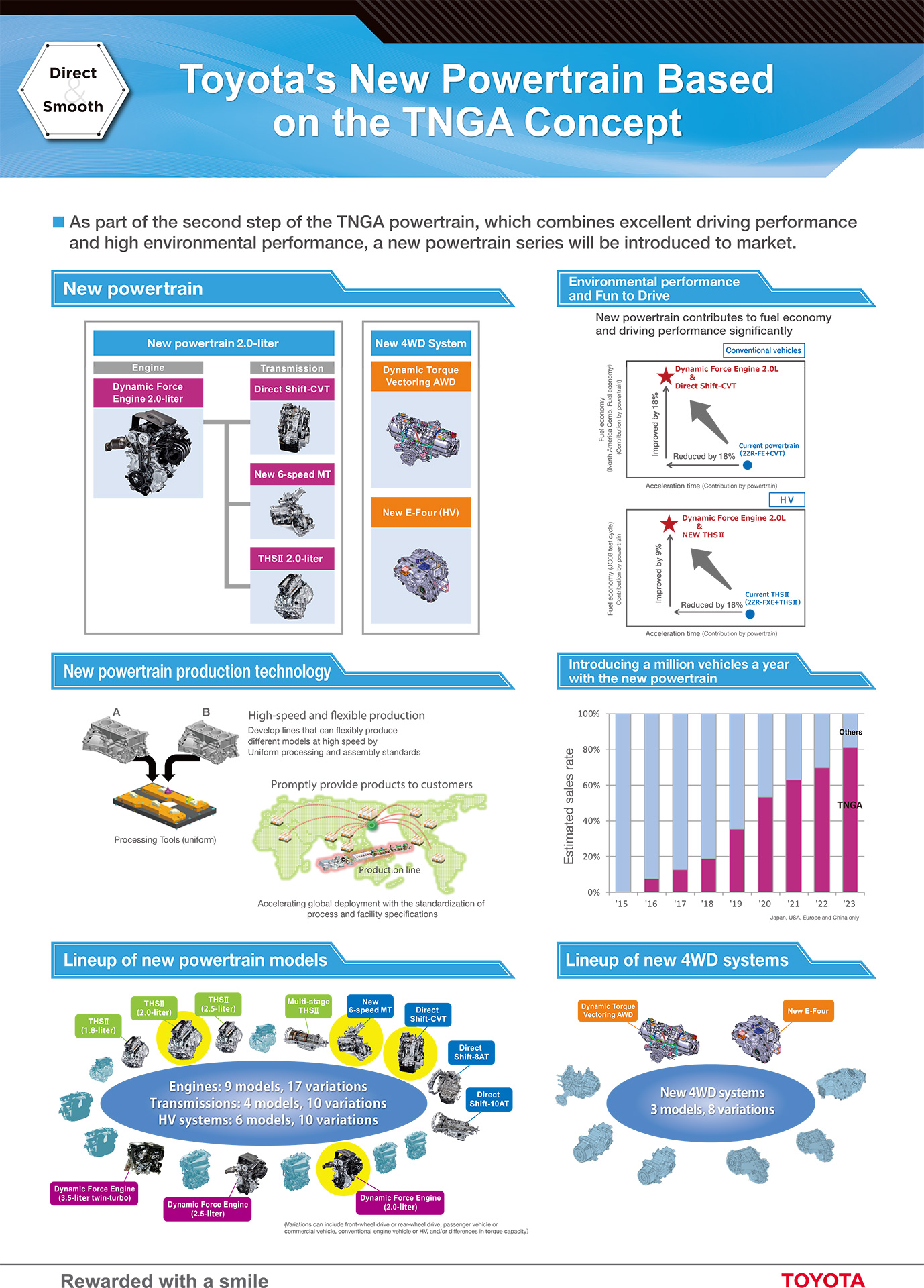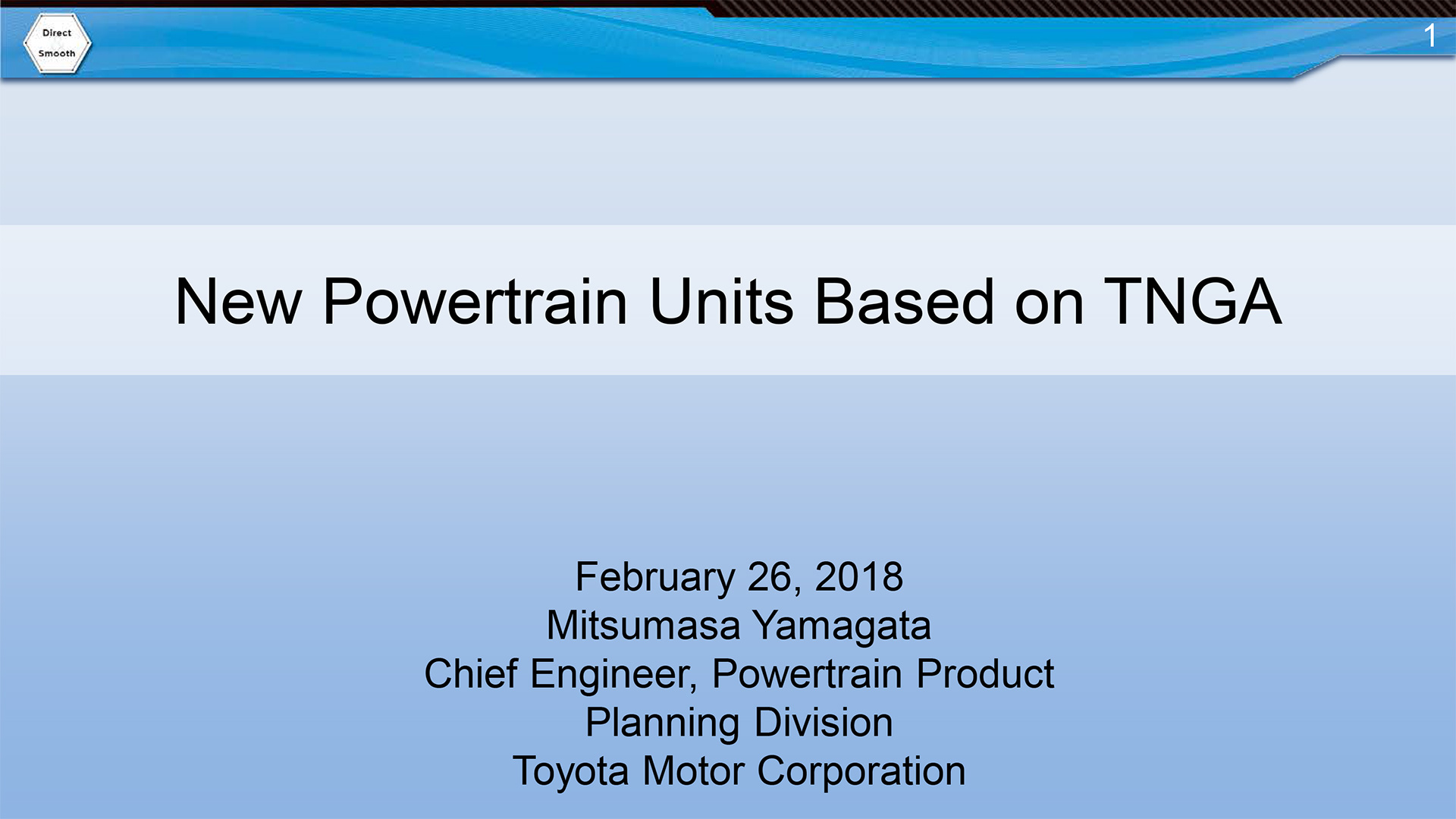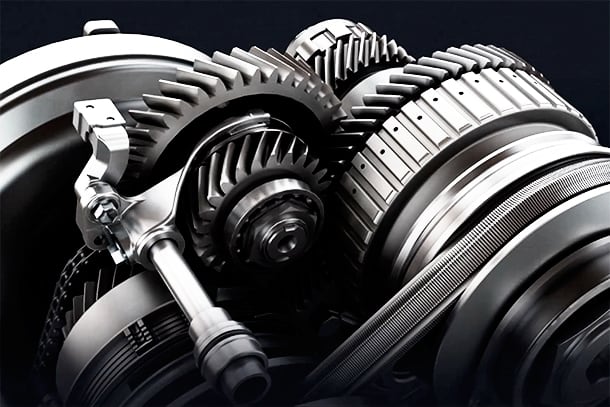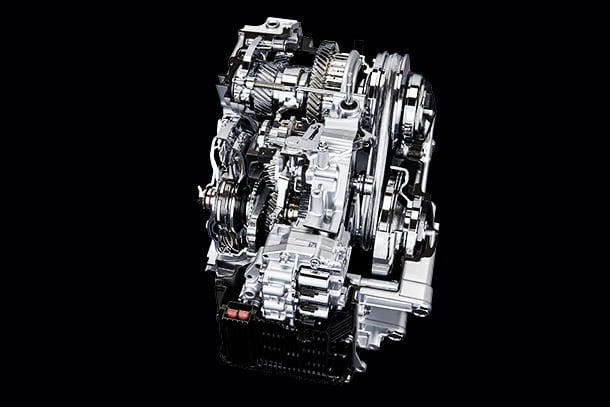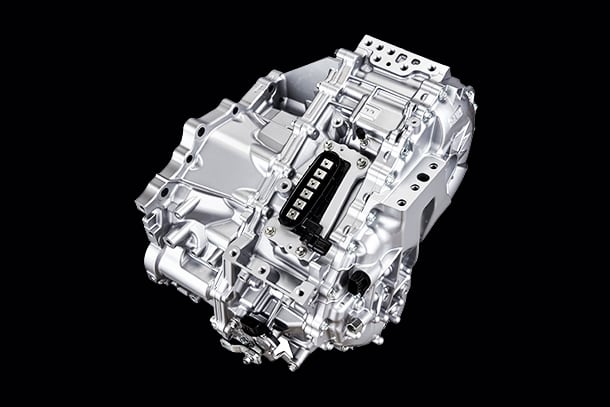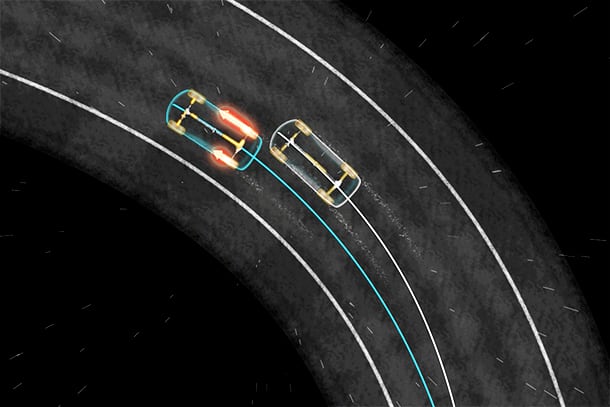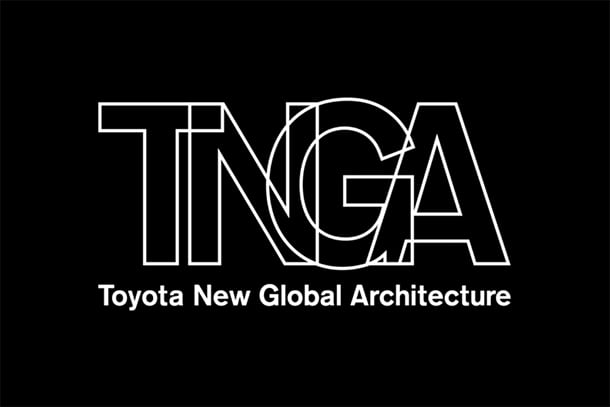Feb. 26, 2018
2.0-liter Dynamic Force Engine, a New 2.0-liter Direct-injection, Inline 4-cylinder Gasoline Engine
Toyota's new Dynamic Force Engine adopts high-speed combustion technologies and a variable control system. It also achieves greater thermal efficiency, resulting in high output, due to a reduction in energy loss associated with exhaust and cooling systems, the movement of mechanical parts, and other aspects. As a result, the newly developed 2.0-liter gasoline vehicle and hybrid vehicle engines achieve world-leading thermal efficiencies of 40 percent and 41 percent respectively*. In addition, compared to existing engines, the new engines achieve increased torque at all engine speeds―from low to high rotations―and will comply with expected future exhaust regulations in each country in advance.
*As of February 2018 (Toyota Motor Corporation)
Maximum thermal efficiency
40%
(Conventional Engine)
41% (HV Engine)
Key technologies / performance
| Fuel economy (Thermal efficiency) / Performance |
|
|
|---|---|---|
|
|
|
|
||
| High response |
|
|
| Low emission |
|
|
| New engine | New engine for HV | |
|---|---|---|
| Displacement (cc) | 1,986 | 1,986 |
| Bore x stroke (mm) | Φ80.5 x 97.6 | Φ80.5 x 97.6 |
| Compression ratio | 13 | 14 |
| Injection system | D-4S | D-4S |
| Max. Power (kW/rpm) | 126/6,600 | 107/6,000 |
| Max. Torque (N・m/rpm) | 205/4,800 | 180/4,400 |
| Emissions control | ULEV50 | ULEV50 |
Details of new technologies
Piston with Laser Pit SkirtWorld's first
By subjecting the skirt sliding surface to mirror finishing, reduced friction is realized. On the skirt surface, narrow crosshatch grooves created by lasers improve scuff resistance.
Performance
Cylinder head (for conventional engine vehicles and HVs)
Adopting a laser clad valve seat for the intake valve seat to make the intake port compatible with strong tumble flow (fuel consumption performance) and intake flow rate (output performance).

